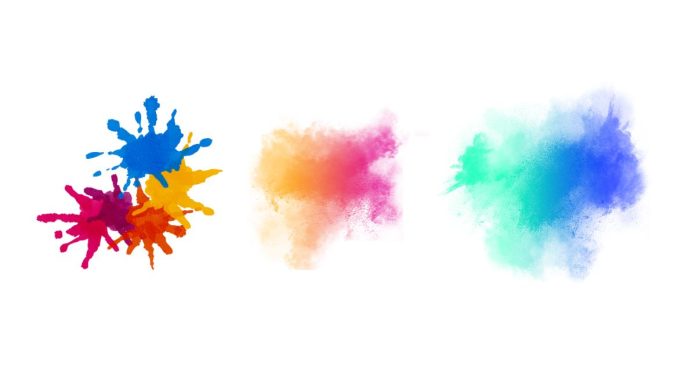The idea of the “coolest color” can be interpreted in various ways depending on the context, such as temperature, psychological impact, or popular preference. Let’s explore the different perspectives on this concept.
Cool Colors in Color Theory
In color theory, cool colors are those that create a sense of calm and distance. These include shades of blue, green, and purple. Cool colors are typically more soothing and less stimulating compared to warm colors like red or yellow, which are linked to energy and warmth. Blue is often regarded as the ultimate cool color, symbolizing calmness, reliability, and serenity. Studies show that blue can even lower heart rates and promote a tranquil feeling. Variants like sky blue and cyan are particularly noted for their cooling effect due to their ability to visually recede. Green and purple, commonly seen in nature, also exude a cooling effect—green being relaxing and purple evoking a mysterious calm.
Popularity of Cool Colors
Blue emerges as the most popular cool color worldwide, consistently ranking as the favorite in surveys across different cultures. Its global appeal is tied to its associations with nature—particularly the sky and ocean—evoking feelings of tranquility and freedom. Blue is not just aesthetically pleasing but also deeply rooted in cultures, symbolizing trust and dependability.
The Literal Coolness of White
From a physical perspective, white is considered the coolest color because it reflects the most sunlight, helping to keep people cool in hot climates. This reflects its environmental effect rather than its psychological or visual impact. For instance, white clothing is recommended for hot weather as it reflects heat, unlike darker colors, which tend to absorb it.
Sky Blue: A Symbol of Coolness
Sky blue is often viewed as a favorite “cool” color, representing both a specific blue hue and a broader cultural perception of coolness. This shade is strongly associated with openness, relaxation, and the calming expanse of the sky, making it a popular choice in design for creating peaceful atmospheres.
Cool Colors in Design and Fashion
In design and fashion, cool colors like blue, green, and purple are used to evoke a modern, professional, or serene aesthetic. For example, pairing sky blue with playful colors like bubblegum pink can produce a sophisticated yet youthful vibe, blending relaxation with energy.
Psychological Effects of Cool Colors
Cool colors are associated with several psychological effects:
- Calming: Blue and green are often used in spaces such as bedrooms or offices to promote relaxation.
- Professionalism: These colors are favored in corporate branding because they convey trust and competence.
- Distance and Depth: Cool colors can make objects appear farther away, creating a sense of space and depth, which is why they are frequently used in design for visual interest.
The “coolest” color can vary depending on the context. In terms of visual appeal and global popularity, blue—especially shades like sky blue and cyan—takes the lead. It symbolizes tranquility, trust, and serenity. However, when considering literal temperature, white may be the coolest color due to its heat-reflecting properties. Whether you’re referring to a color’s vibe, popularity, or its ability to keep you cool, blue is often the top contender.
Related posts:
- What does ringing in the ears mean spiritually?
- What Colors Do Blue and Green Make?
- How Long Does Raw Chicken Really Last in the Fridge?
- What are some amazing and memorable Valentine’s Day ideas that will leave a lasting impression?
- What is the definition of ‘friends with benefits?
- What is the difference between a bachelor’s and a degree?



